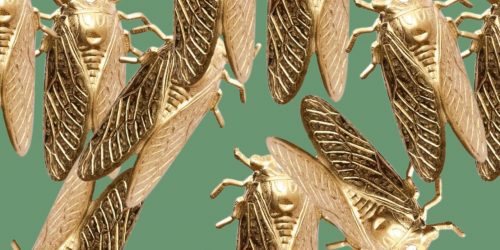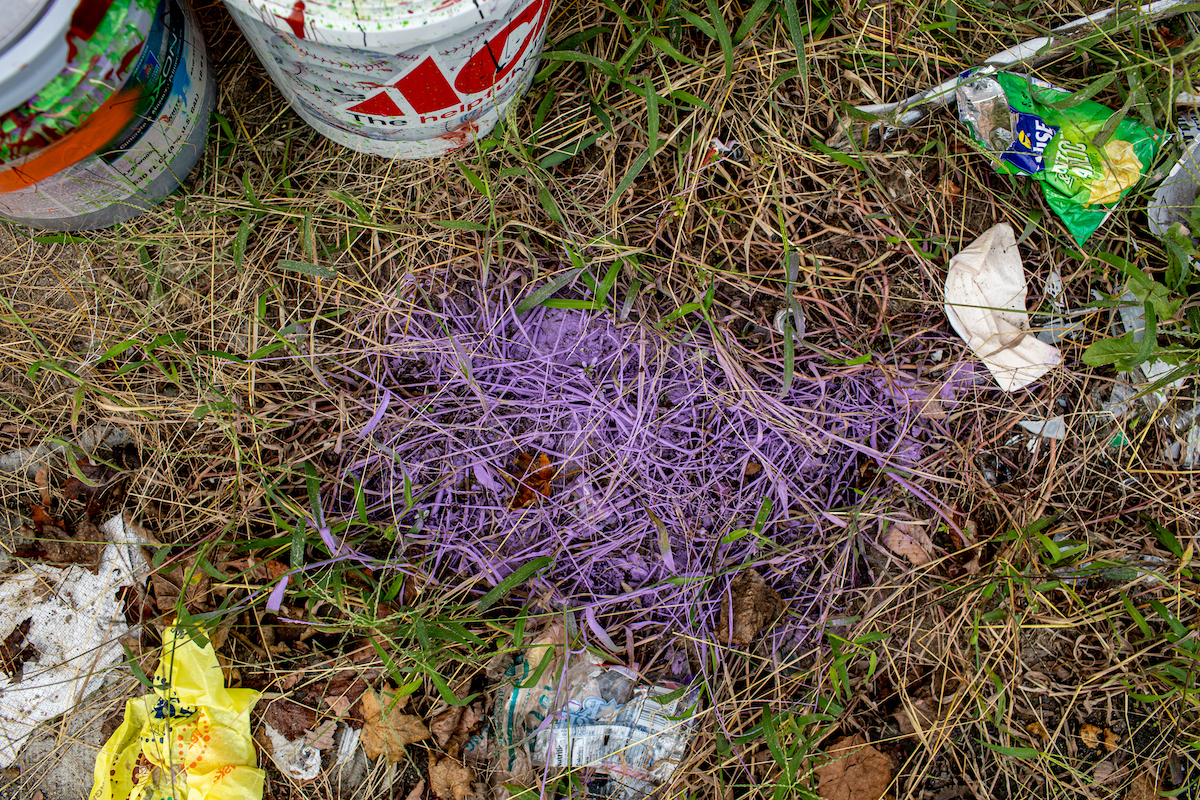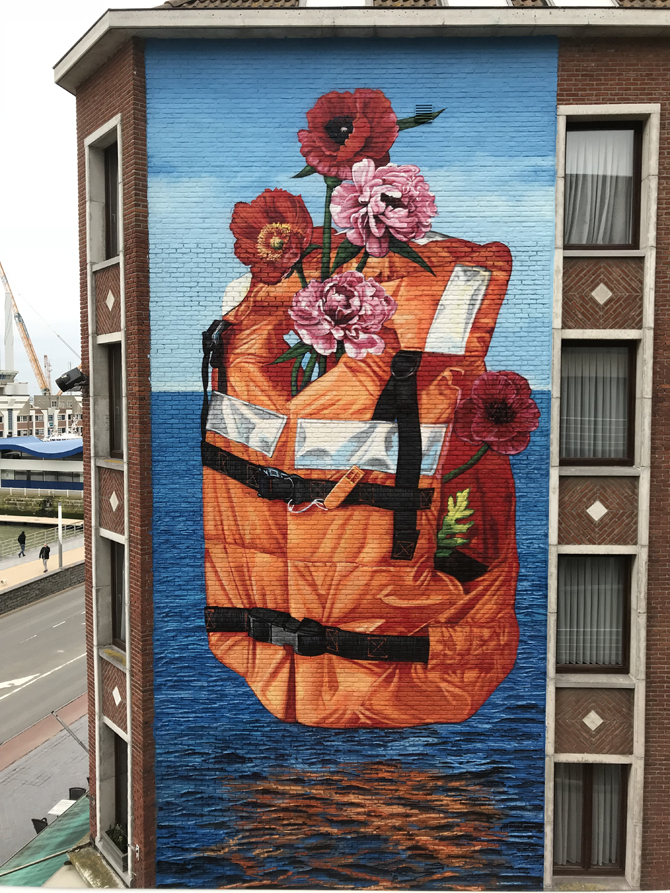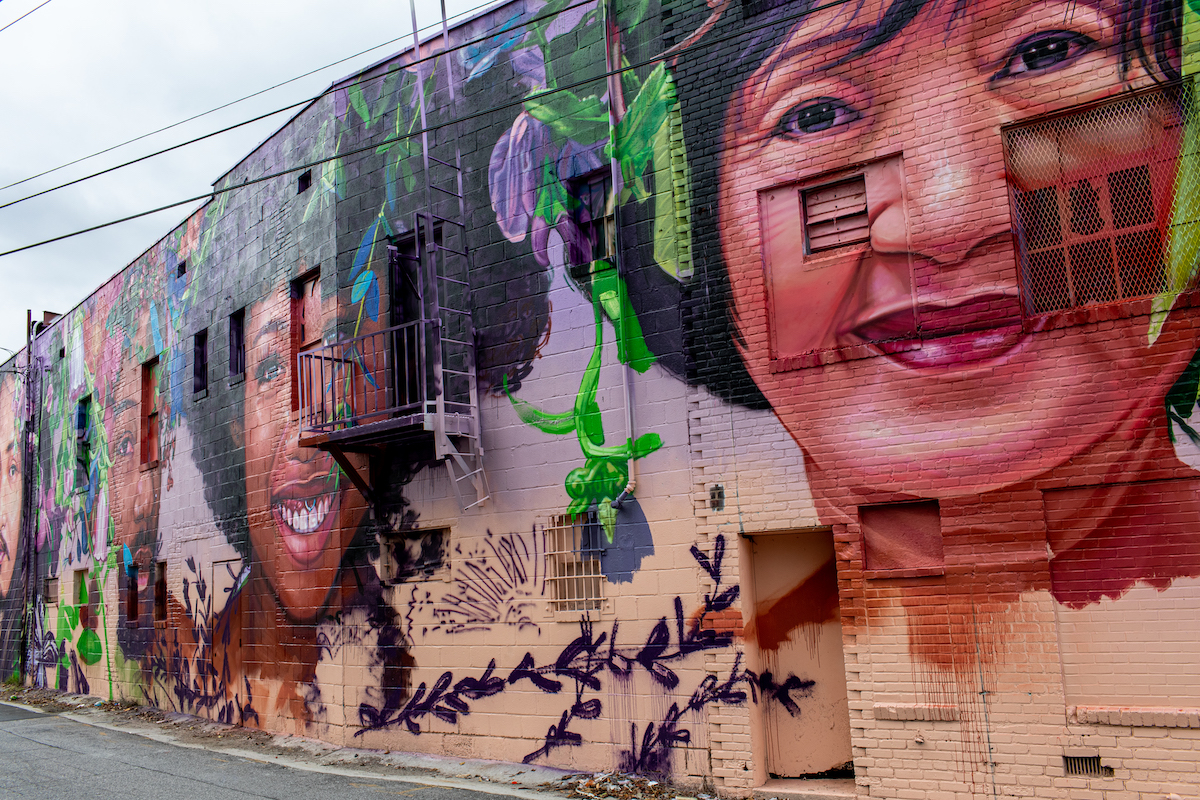Gaia likes to say he comes from garbage. By this he means his New York City-based Italian family ran a waste-management facility in the Manhattan neighborhood of Chelsea when he was growing up. It’s a jarring visual, thinking of him miniaturized and standing among towers of waste, but immediately tells me something about the street artist who goes by the Greek word for mother earth: he appreciates the romance of a good origin story.
Only the second person in his family to go to college, Gaia moved to Baltimore thirteen years ago to attend MICA, where he spent five years working on his BFA and wondering if it was at all worth it. After graduating, he stayed here because he fell in love with what he describes as the “intimacy” of our small city and its active street art scene.
What he started as a prep school kid in New York wheatpasting posters and “flirting,” as he calls it, with other street artists (essentially leaving small pieces where you hope another artist will see and respond to them in kind) has become a successful painting career. His work can be spotted on walls up and down the east coast and in places as far-flung as the west coast and Europe.
Working first illegally on unoccupied structures, Gaia now exclusively works on private commissions. His murals dot Baltimore City and are immediately recognizable for their realism, sense of color, and strong, often political narratives, some of which are subtle to the casual viewer. It’s a concern for Gaia to primarily make work that lives outside without the benefit of any artist statement or even titling wall text to help communicate his larger message.




















